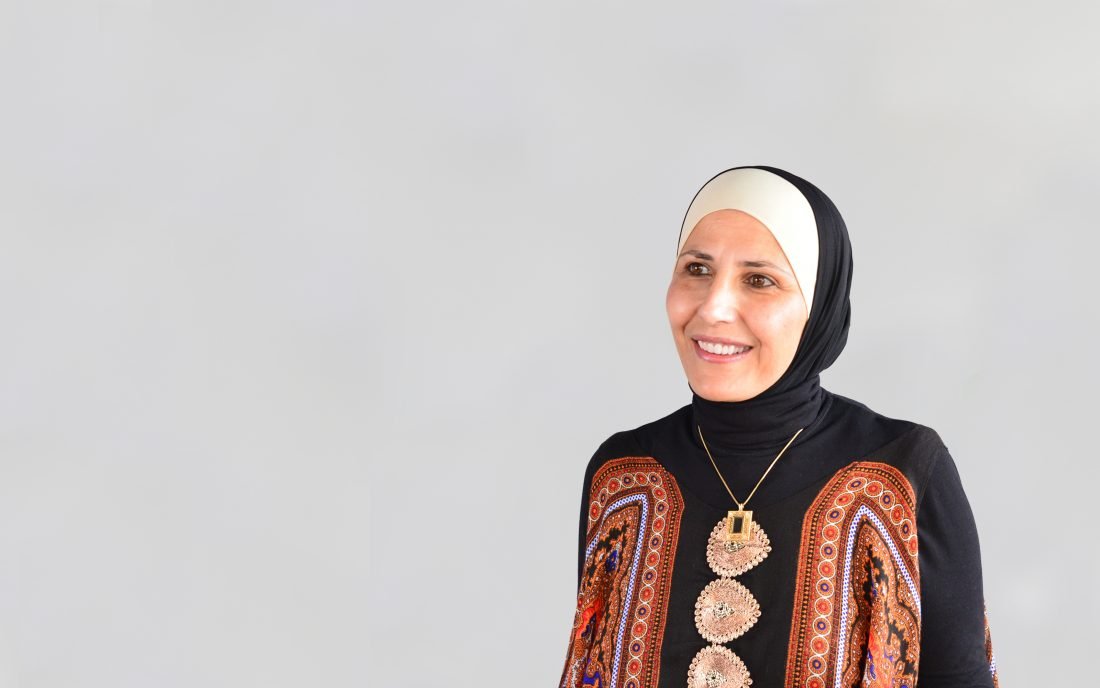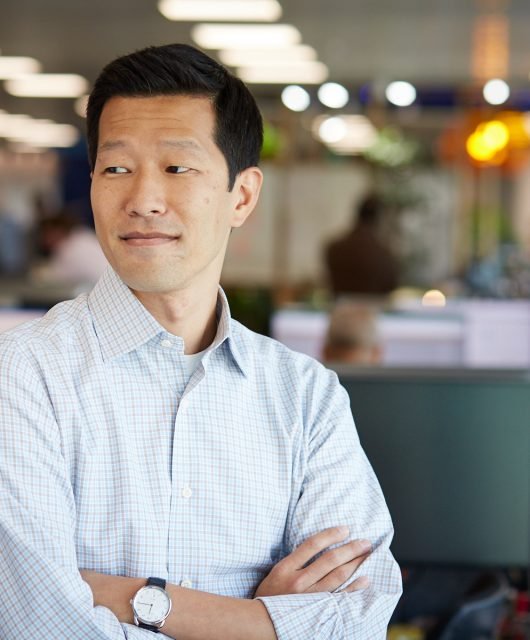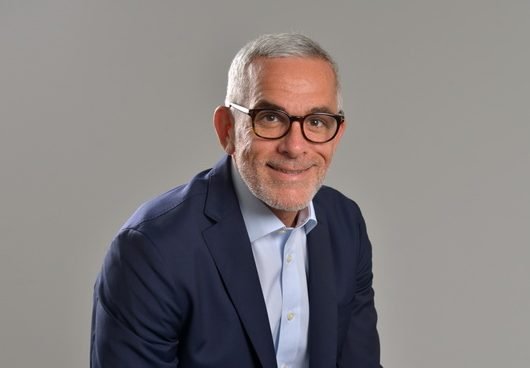The MEA region is one of the richest global territories when it comes to thought leadership in Branding and disruptive Brand Strategies. The Berries will bring to you the regions finest Branders for a Q&A to get their insights and professional opinions on engaging issues, challenges and opportunities
The Brandberries interviewed Majdoleen Till, Managing Director of Brand Union Middle East, to know how the industry will unfold in 2017 and the best tips to for brands to survive.
 BB: As advertising loses its impact, brands are on a constant look for new ways to win customers over. Advertising people have been making brands perceived by their customers as if they’re living in an imaginary world instead of communicating products’ intrinsic qualities. Should businesses put the product first or the brand first ? Should companies prioritize investing in branded content campaigns or having well-made products ?
BB: As advertising loses its impact, brands are on a constant look for new ways to win customers over. Advertising people have been making brands perceived by their customers as if they’re living in an imaginary world instead of communicating products’ intrinsic qualities. Should businesses put the product first or the brand first ? Should companies prioritize investing in branded content campaigns or having well-made products ?
MT: Firstly, I don’t believe advertising is losing impact. Traditional advertising is. Gone are the days where we had the luxury of a captive audience with unified media consumption. Today, the onus is on agencies to ensure that they really understand their consumer, and build communication that revolves around them. Different modes of communication can have different emphasis on brand vs. product features, but the red thread that ties all communication together is undoubtedly the brand.
Having well-made products is a given. In a hyper-competitive marketplace, there is no room for products that don’t deliver on their promise. I always tell my clients that they shouldn’t even think about communication until they are 100% confident in their product offering.
 BB: It’s important for the physical workplace to be functional and engaging. But, that space is also an important part of your overall brand. Visitors and employees alike see your office space as an extension of company culture. How can workplace offers a unique opportunity to build brand identity and reinforce brands essence?
BB: It’s important for the physical workplace to be functional and engaging. But, that space is also an important part of your overall brand. Visitors and employees alike see your office space as an extension of company culture. How can workplace offers a unique opportunity to build brand identity and reinforce brands essence?
MT: It all comes down to the brand essence. Whether it’s a piece of advertising or a space in your office, it all must be a relevant interpretation of your brand essence. I leave it to my creative teams to interpret the brand essence to each touchpoint, but as long as the starting point is the same, the brand essence, the touch points will be the right fit.
BB: Can you mention some tips and tricks to help local brands adapt and survive in 2017 ?
MT: Know your customer.
The most important source of inspiration is your evolving customer needs and aspirations. Get to know them through robust consumer research. No matter what your budget, you can always find powerful ways to relay the voice of the customer to the C-Suite. And once you have that insight, respond! Consumer needs are constantly evolving, and so should you.
Trust your intuition.
In all the rigor and process, managers often underestimate the importance of their own instincts. As leaders in business, your wealth of experience and deep knowledge gives you the kinds of instincts that can trump even the most through research report. No doubt, instincts are based on the past rather than the future, though. So it is important to find the right balance between trusting your instincts and aptly predicting the future.
Think big picture.
It is easy for brands to take a siloed approach to business. Worse, even in the marketing function, silos easily emerge, cutting off digital from advertising, advertising from PR, etc. If you want customers to have a clear and single-minded view of your brand, you need to see yourself as one unit too.
BB: Several global brand reports have shown that we’ll be seeing more companies working together across different marketplaces in a new reminder that some bridges between brands have to be crossed for a mutually-empowered markets. How can brands nurture a culture of brand partnerships and stay competitive to each other at the same time ?
MT: It all comes down to increased customer centricity. If we want our customers to have the absolute best, not the best we can do, we need to work with partners who have different capabilities than ours. Moreover, we need to take a long hard look at our own business to see what we’re really good at, or where we can bethe best. Focusing on our core competencies (and strengthening these further), and leaving the rest to others who are best in their domains is the right approach. Building a culture of customer centricity will ensure that our people forge the right partnerships at all levels.
Then there’s the collaboration in the interest of overall efficiencies. Big auto brands, for example, come together to share costs on R&D and other behind-the-scenes capabilities. But when it comes to their actual brands, they are still steadfast competitors. This is a more contentious approach which requires careful consideration and long and hard negotiations.





